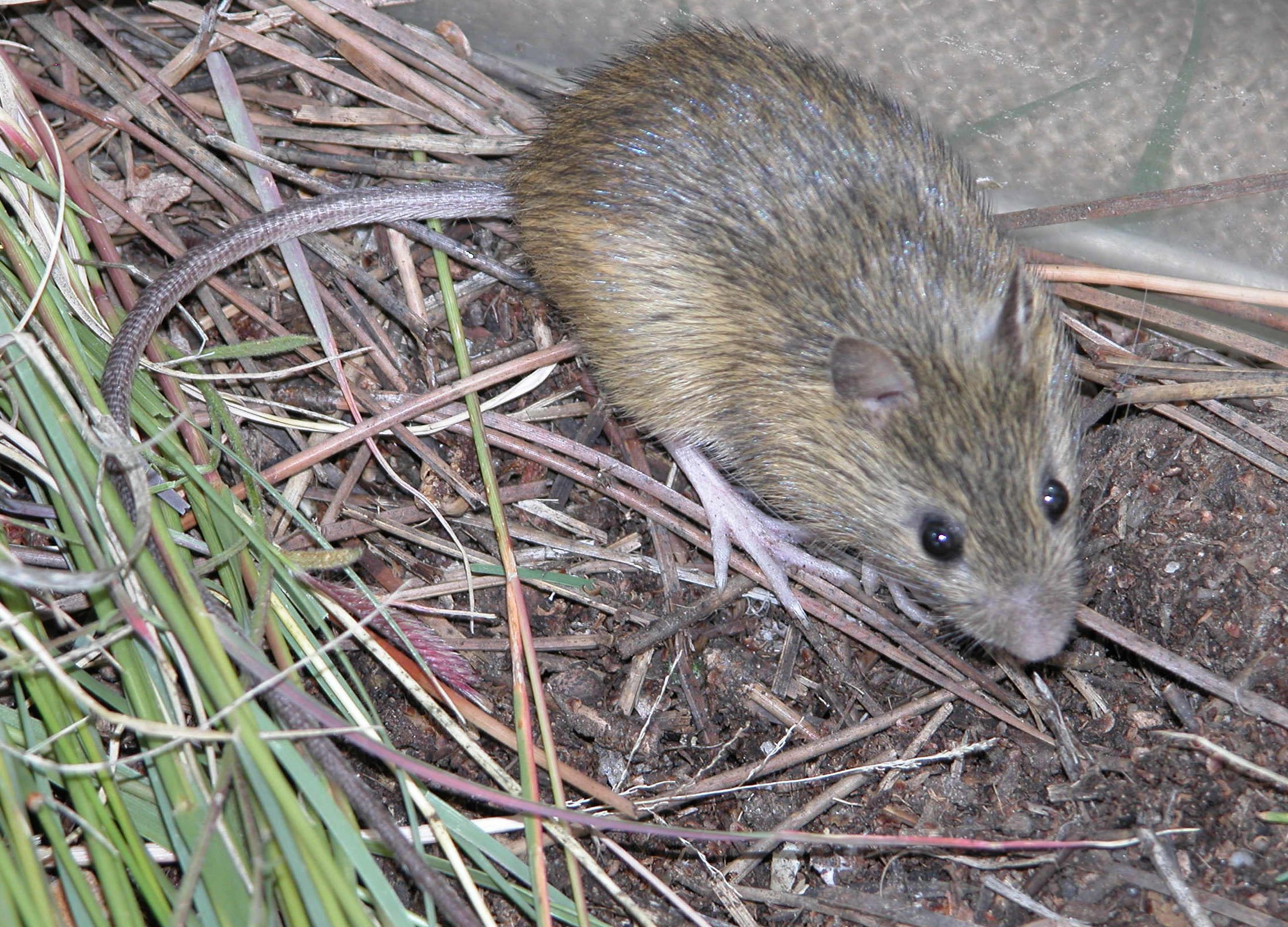
Preble’s Meadow Jumping Mouse
The Preble’s meadow jumping mouse (Zapus hudsonius preblei) was listed by the U.S. Fish and Wildlife Service as federally threatened in 1998. This species is dependent on riparian ecosystems and is only found along the Front Range of Colorado and Southern Wyoming in riparian areas below 7600 feet. Preble’s mice are important as an indicator of healthy riparian ecosystems.
The greatest threats to population recovery are habitat alteration, fragmentation, and destruction from urban development and grazing activities. Fortunately, suitable habitat for the Preble’s mouse can be maintained or improved in our watersheds with compatible land management.
CURRENTLY LISTED AS A THREATENED SPECIES UNDER THE ENDANGERED SPECIES ACT
To learn more about Preble’s Meadow Jumping Mouse:
USFWS National Preble’s Meadow Jumping Mouse
Preble’s Meadow Jumping Mouse Recovery Plan
Frequently-asked Questions
To see PMJM in action, check out this video.
The Preble’s mouse will be considered recovered and eligible for delisting when:
Two large and five medium populations distributed across the range maintain stable or increasing trends over a 10-year period based on data obtained from standardized monitoring methods. Population sizes are defined in the Preble’s Meadow Jumping Mouse Recovery Plan. The recovery populations will be distributed among two Recovery Units.
Sufficient numbers of small populations are protected to provide for representation, resiliency, and redundancy. In each of the 10 HUCs that are not occupied by a large or medium population and that contain suitable Preble’s mouse habitat, an additional three small populations are maintained over a 10-year period based on data obtained from standardized monitoring methods.
At least the estimated stream mileage for each population size (large population = 57 miles, medium population = 11 miles, small population = 3 miles, see Section 5 under Recovery Strategies of this Plan) is maintained as suitable habitat of functionally connected stream for a reasonable time frame (10 years or more) and is not expected to be impacted by negative management actions for the foreseeable future. Priority is given to public and other protected lands and habitats that provide connectivity.
State, county or local government regulations or other mechanisms, as set forth in the de-listing criteria for Factor D, protect Preble’s mouse habitat and abate known threats into the foreseeable future.
As required by the ESA, a post-delisting management plan for the Preble’s mouse and its habitat is completed, in cooperation with state and local governments, to ensure the designated recovery populations are maintained at self-sustaining levels.

